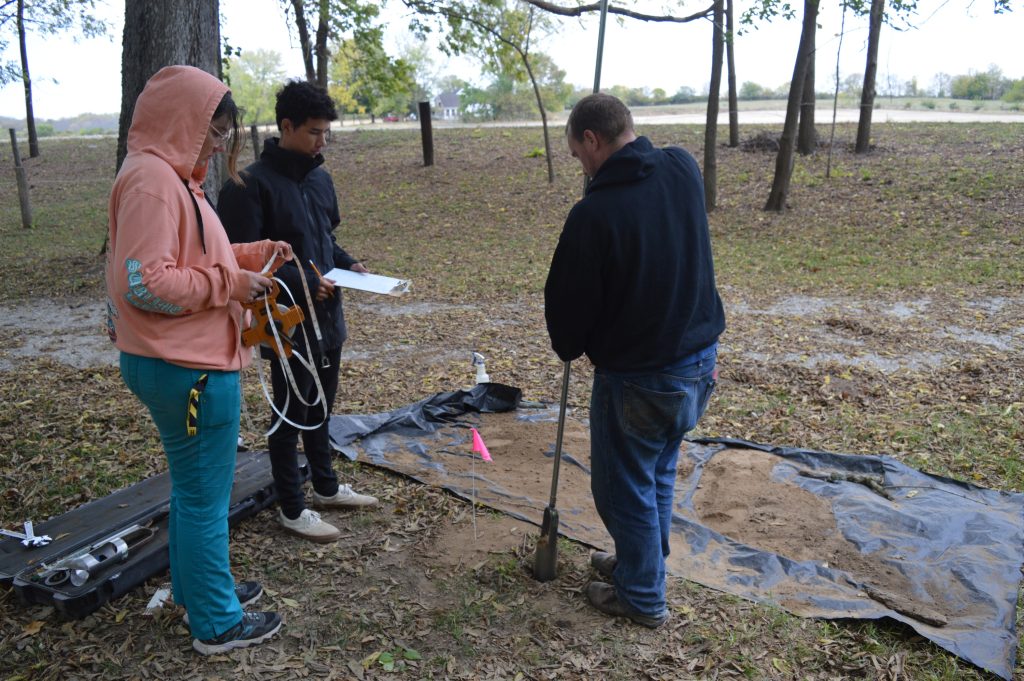Christopher Moore awarded $100k to study the historic route of the Wabash & Erie Canal, which helped fuel Indiana’s growth in the 1800s
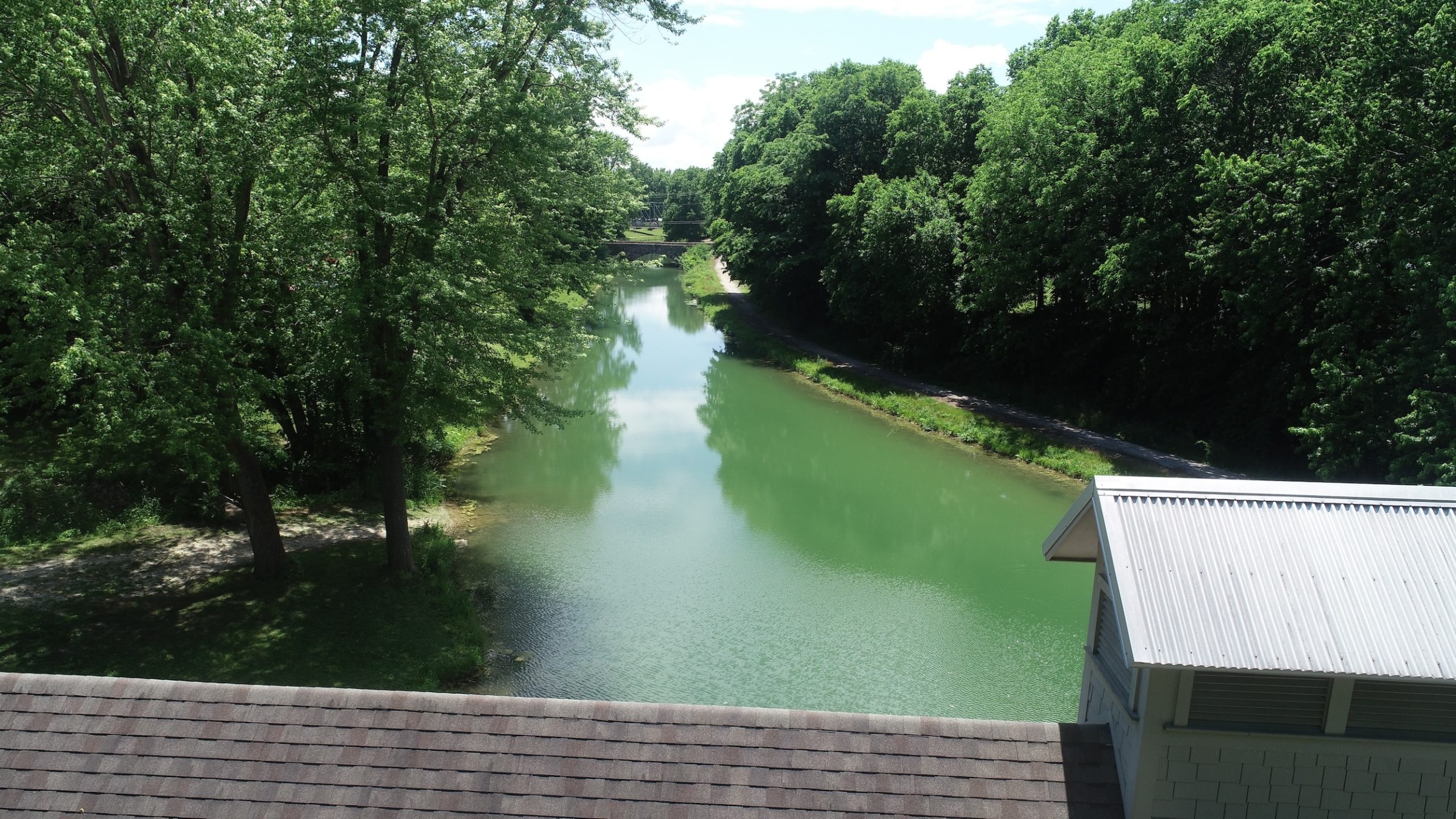
Just 20 years after Indiana became a state, lawmakers passed the Internal Improvements Act—a move which helped fund various infrastructure projects statewide, including the canal in downtown Indianapolis and Broad Ripple, but also put the state in financial danger thanks to poor management and embezzlement.
One of the projects was the funding of the Wabash & Erie Canal which connected Toledo, Ohio, to Evansville, Indiana and settled much of the Wabash River corridor along the way. The section between Toledo and Lafayette, Indiana is considered by many to be one of the few successes as it fueled the growth of cities like Logansport and Delphi (whose deal still proudly depicts a canal boat towed by a horse).
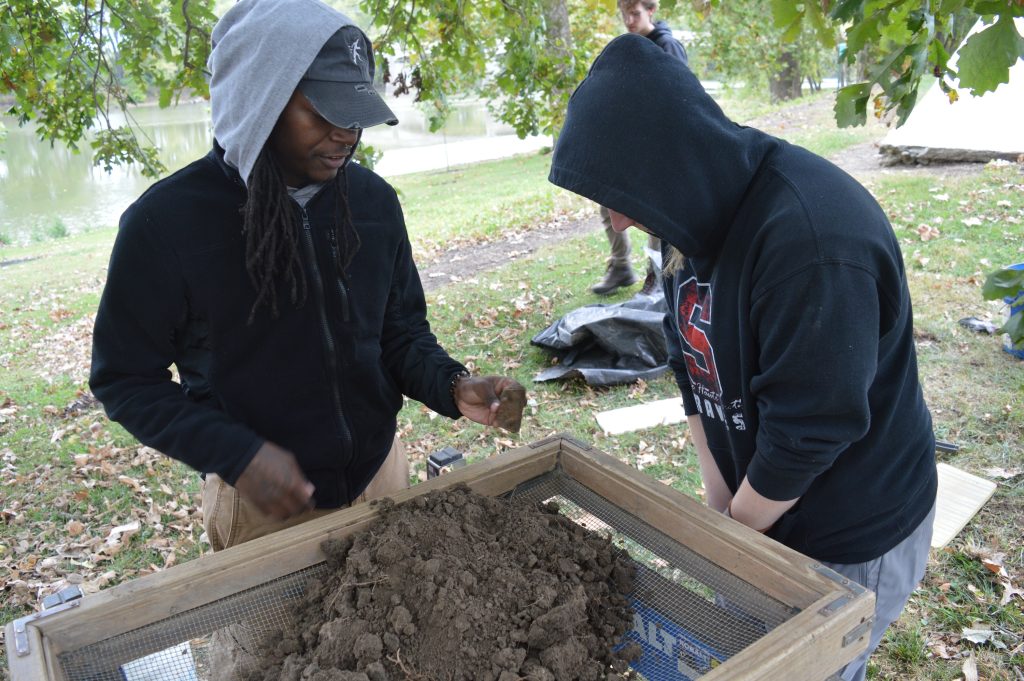
University of Indianapolis Anthropology professor Dr. Christopher Moore has received a $100,000 grant from the Wabash River Heritage Corridor Fund to complete an archaeological survey of more than 800 acres of land in Carroll and Cass counties in an attempt to identify sites that would be eligible for listing on the National Register of Historic Places. That way they can be studied and preserved for centuries to come.
“Archaeological resources like those we will be documenting during this project are finite and increasingly endangered by development, natural processes like erosion, and by unscrupulous digging by artifact collectors,” said Moore. “Documentation is the first step toward preserving this limited resource for the enjoyment and education of future generations.”
The grant funds are administered by the Department of Natural Resources Division of Historic Preservation & Archaeology (DHPA) with input from the Wabash River Heritage Corridor Commission. The UIndy project was one of the largest awards from a total of $600,000 of funding coming from royalties of oil extracted near the Wabash River in southern Indiana.
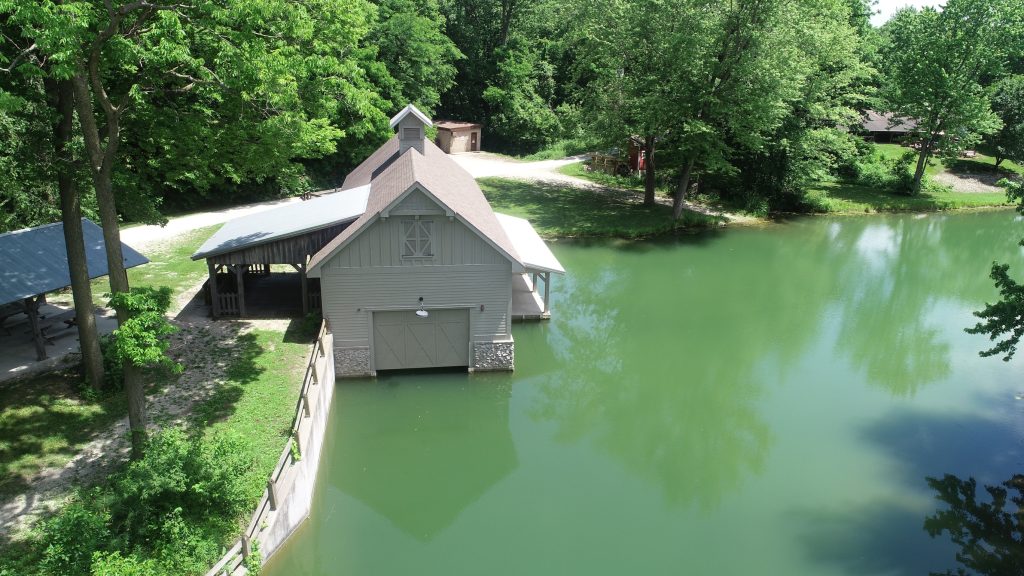
“The most significant value of archaeology to the public is its ability to rediscover the forgotten stories of people whose histories are either unknown or poorly recorded in the written record,” said Moore. “Archaeology provides an opportunity to ‘pull back the veil’ on history in order to document the events that those in power didn’t want documented and to tell the stories of those who never had the opportunity to have theirs told.
“Thousands of Americans, many of whom were recent immigrants to the United States, traveled along the Wabash & Erie Canal during its heyday in the 1840s and 1850s. Cities like Logansport, Peru, Delphi, and Lafayette grew rapidly in population, industry, and commercial interests over that time; prairies and forests were cleared for farmland, and the agro-industrial economy that still defines our state developed.
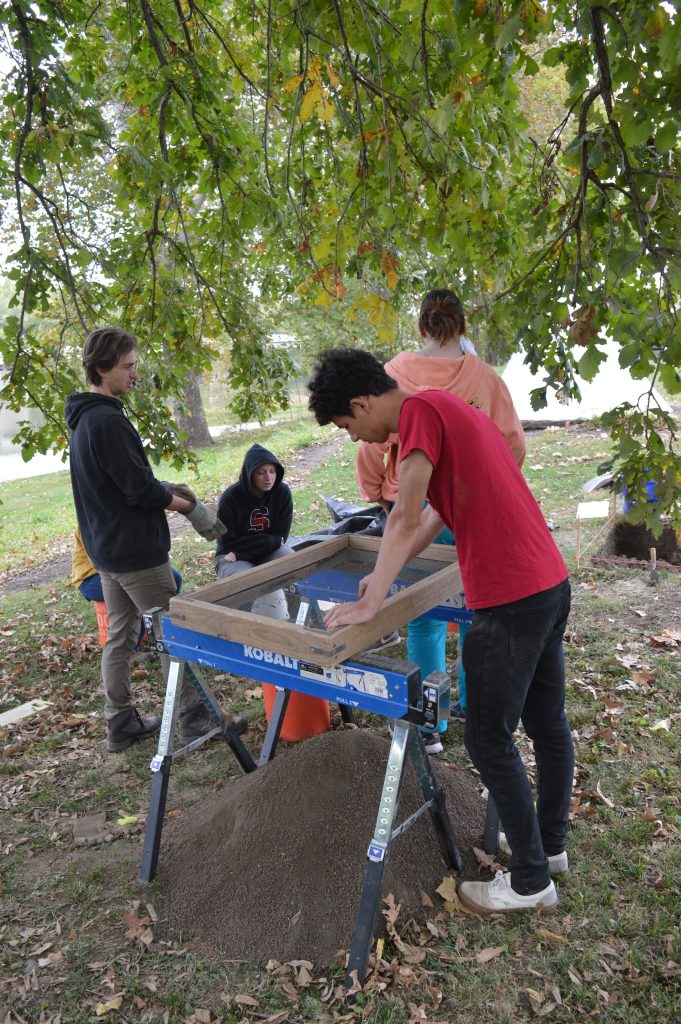
“Unfortunately, we know very little about the daily lives of those who lived along the canal. We have the journals, memoirs, and recounted biographies of the region’s prominent citizens, but we know little about the everyday experiences of the individual pioneers and entrepreneurs who laid the groundwork for our Hoosier way of life. Archaeological projects like the one funded by this grant contribute to enriching all our lives by helping fill this gap in our collective memory.”
The archaeology program at the University of Indianapolis is unique in its practicality and career-focused design. It is a professional program which provides students practical lab and field-based educational experiences that prepare them for a career as a practicing archaeologist in the field of Cultural Resource Management (CRM). All students must complete a minimum of two semester-long, immersive, off-campus field archaeology courses, where they spend at least 24 hours a week participating in archaeological digs and surveys, learning essential data collection techniques and site conservation skills. Those experiences often lead to contributing to articles and technical reports, for example in the Society for Historical Archaeology newsletter, which publishes news from around the world.
The Wabash & Erie Canal will be the focus for several courses over the next two years, continuing the work that has already been done by Moore and others like adjunct professor Elizabeth Straub at French Post Park in Delphi. This grant will fund opportunities for UIndy students to participate directly in the work, including paying students who have already finished their courses.
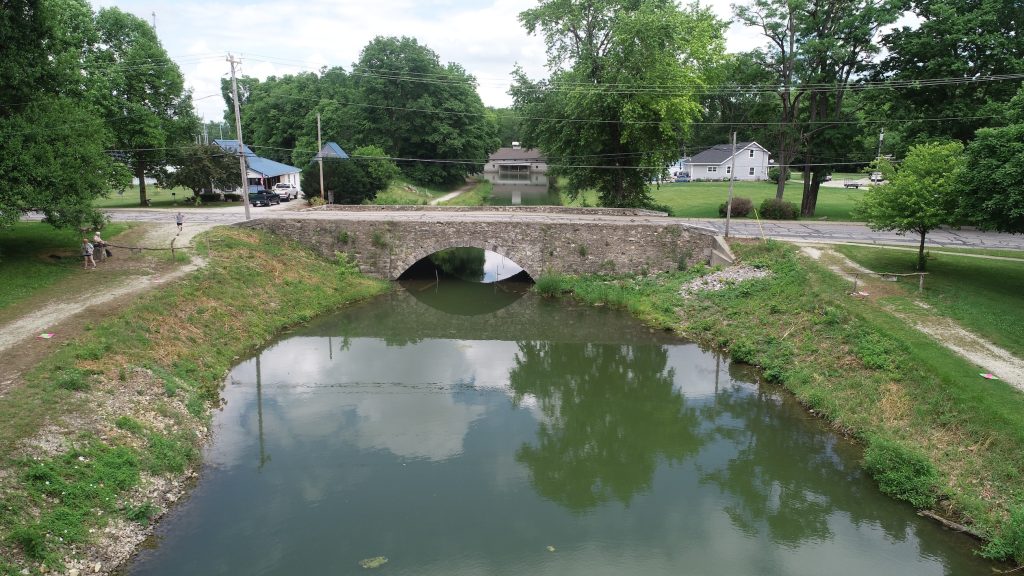
“There are few places in the country where students, particularly undergraduates, obtain as many experiential learning opportunities as our students do. UIndy graduates are among the best young archaeologists in the state, and they’re only getting better,” said Moore. “We currently have alums managing archaeology at major CRM firms, managing our cultural heritage working for state and federal agencies, and educating our youth teaching and working at schools and museums. For a program as small as ours, we’re having a significant impact. The quality of our applied learning experiences directly translates into higher quality graduates with good job prospects.”
Moore hopes to begin the grant work later this month.
“This project has been funded in part by a grant from the Wabash River Heritage Corridor Fund administered by the Indiana Department of Natural Resources, Division of Historic Preservation and Archaeology.”
